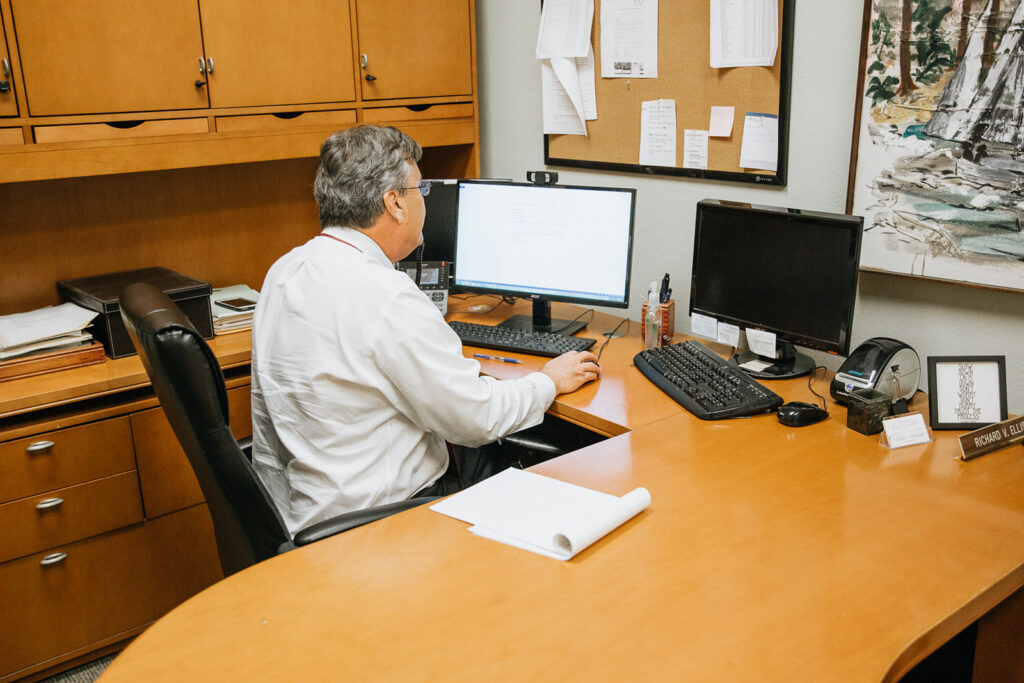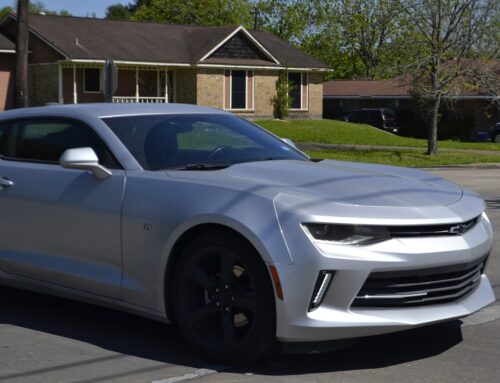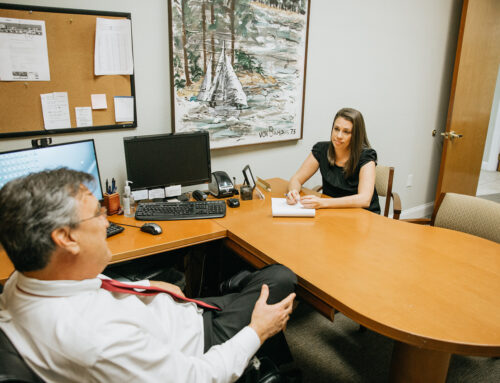Financial situations change every day – but in bankruptcy, it is essential to have an accurate record of the debts to be discharged. Therefore, when individuals file for bankruptcy, they provide the courts with a “snapshot” of their current finances. Obligations that exist at this point in the process are known as “pre-petition” debts. The bankruptcy court has jurisdiction over these pre-petition debts, which will be addressed during the filing administration. Conversely, debts incurred after the case is filed are termed a post-petition debt.

This article will outline post-petition debts as they apply to Chapter 13 bankruptcy filings. Read more here about the differences between Chapter 7 and Chapter 13 bankruptcy.
There are three primary options for processing post-petition debts during Chapter 13 bankruptcy:
Ignore and Do Nothing : Typically, post-petition debts are not included in a bankruptcy case. This means that they will not be included in the payment plan and will not be eligible for discharge.
Individuals are responsible for the debts incurred post-petition. However, the automatic stay may temporarily prevent the creditor’s collection efforts. In general, the creditor attached to a post-petition debt is not allowed to collect the debt until 1) the automatic stay is exhausted or 2) the creditor is given permission from the bankruptcy court to resume collection efforts.
Integrate the Debt into the Filing: Under some circumstances, the court may include post-petition debt in the Chapter 13 filing. The bankruptcy trustee must consent before the new debt is incurred, and the post-petition creditor must agree to their obligation being included in your Chapter 13 repayment plan.
The trustee may agree to allow new consumer debt if that debt is required to complete the bankruptcy plan successfully. A typical example would be approving a car loan so the individual has a reliable vehicle to get to work. If the trustee does not authorize a new consumer debt, its inclusion is likely to be rejected by the court – although exceptions are possible.
The post-petition creditor must also agree via a “proof of claim” to include the debt in the bankruptcy plan. An unsecured creditor might agree to these terms to get paid faster, as the automatic stay will keep them from the collections process. However, if the creditor does not agree with the proposed settlement amount, they may wait until the bankruptcy is complete and then resume collections on the total amount.
Once all parties agree, the court must issue final approval. This step is typically a formality if all parties have already decided. The individual and their trustee must amend the repayment plan to include the debt, and the amended plan will outline how the new debt’s payments will be structured and how monthly payments will be distributed.
Convert to a Chapter 7 Bankruptcy: Sometimes, incorporating post-petition debt into a Chapter 13 plan may not be the best strategy. If the individual cannot pay the debt – even though the proposed repayment plan – it may be more practical to convert the Chapter 13 case to a Chapter 7 case.
Suppose the decision is made to convert the Chapter 13 bankruptcy to a Chapter 7 case. The “new” filing will include any debt incurred after the original filing and prior to the conversion date. The debts will discharge through the converted case as long as they are otherwise dischargeable. Under this scenario, creditor consent or trustee approval is not required.
We understand that the nuances of bankruptcy can get confusing, but you don’t have to go it alone. Trust the experience of Richard V. Ellis and his team of Sarasota bankruptcy attorneys to help you successfully navigate the process and get the fresh financial start you need.





